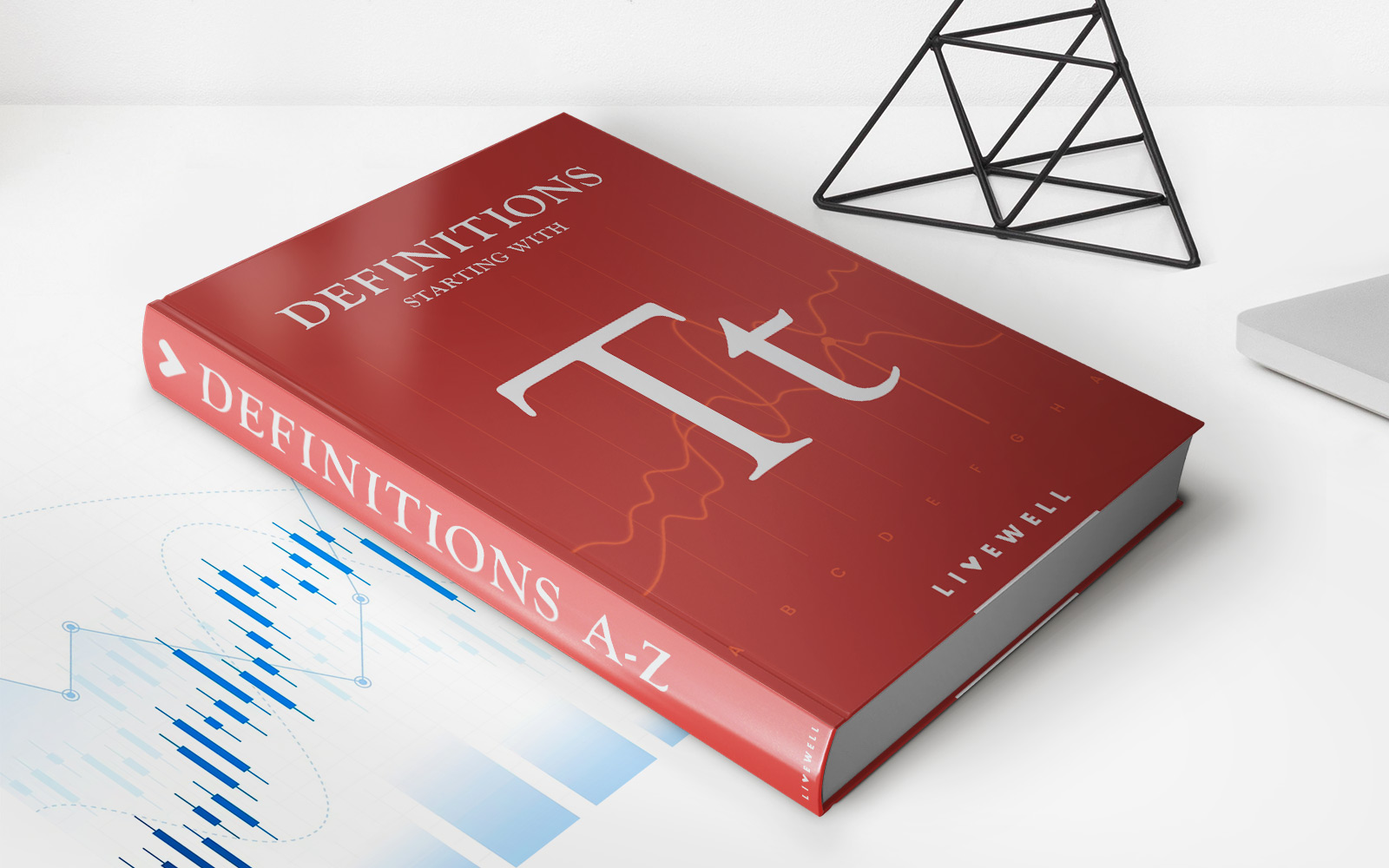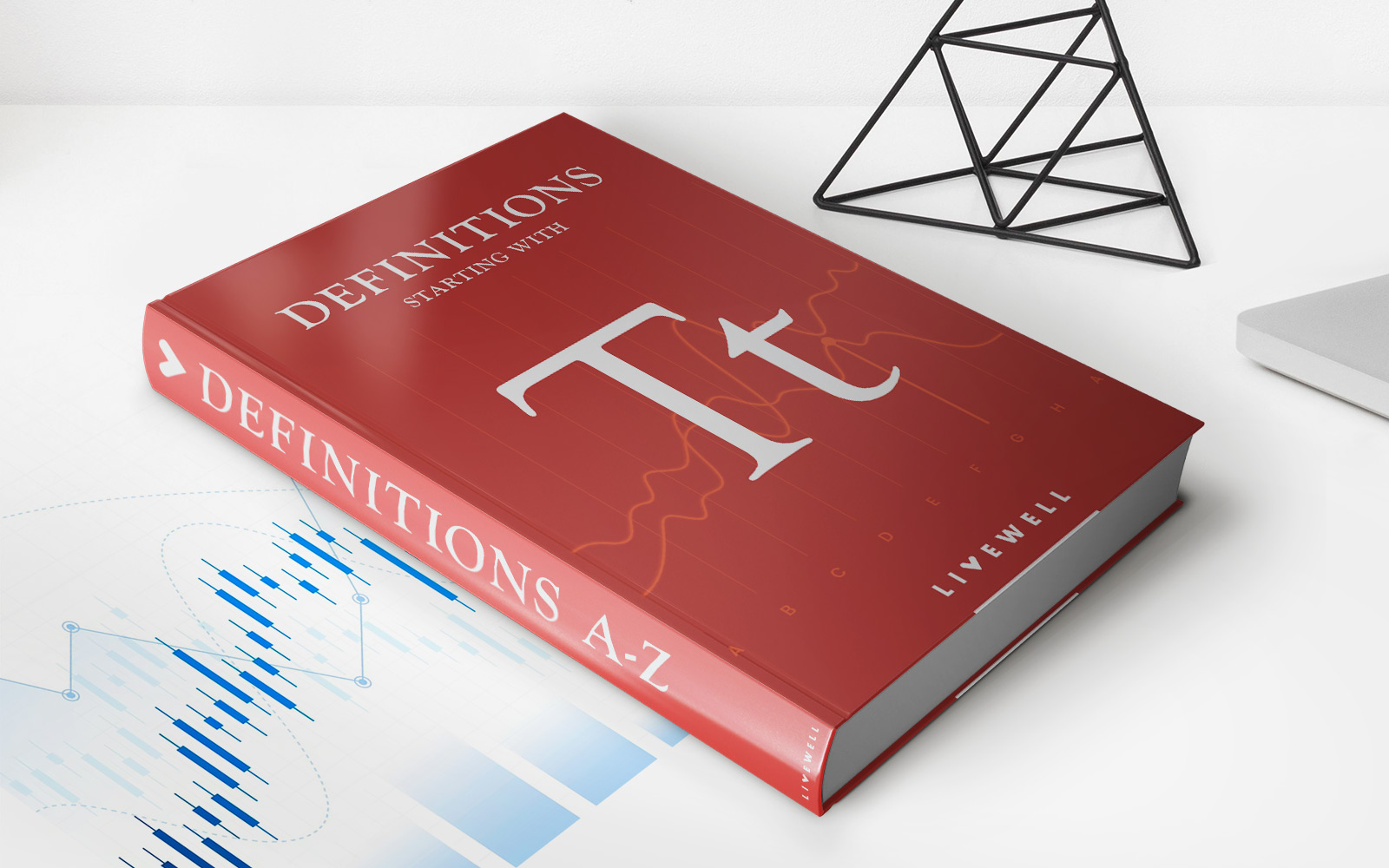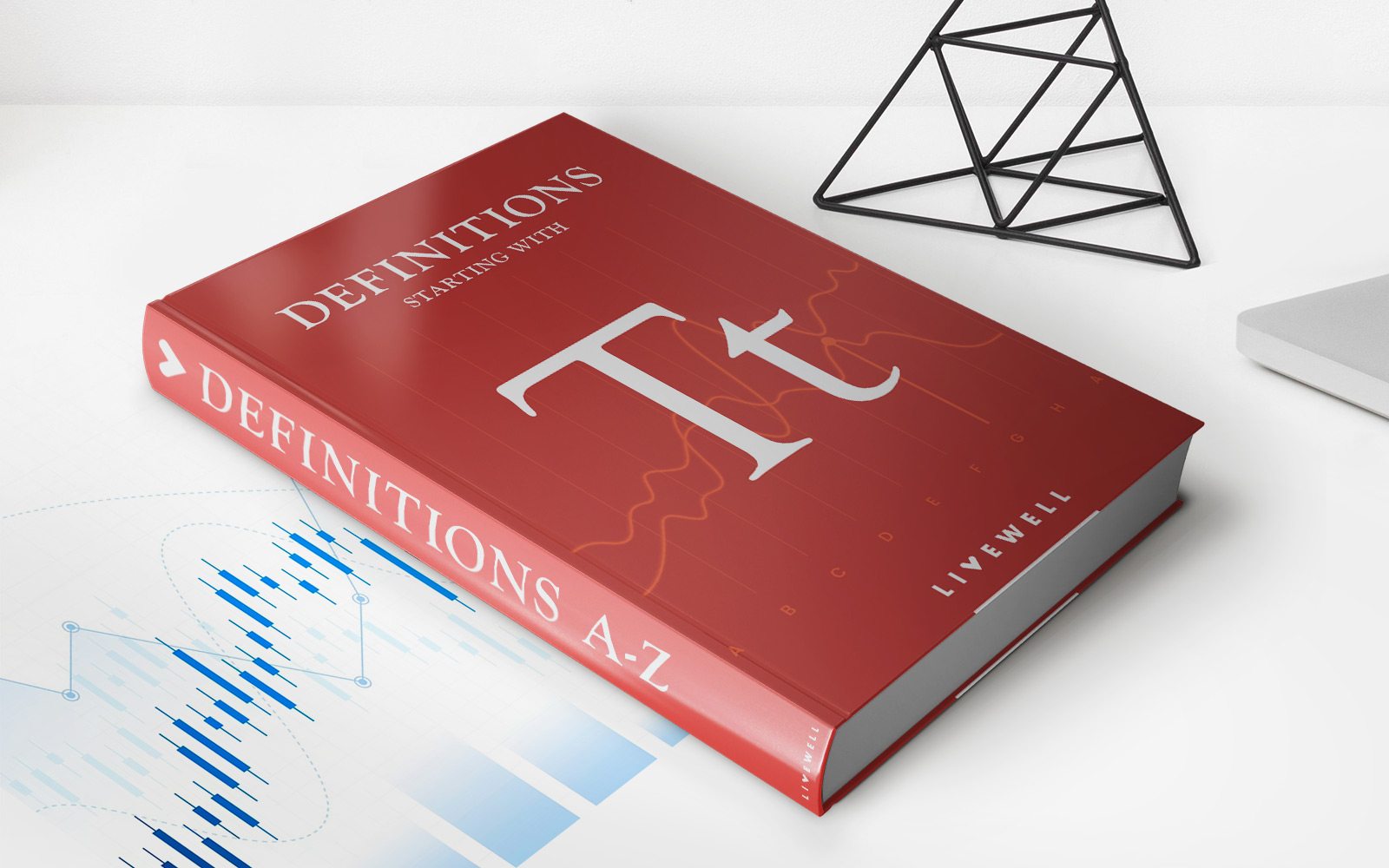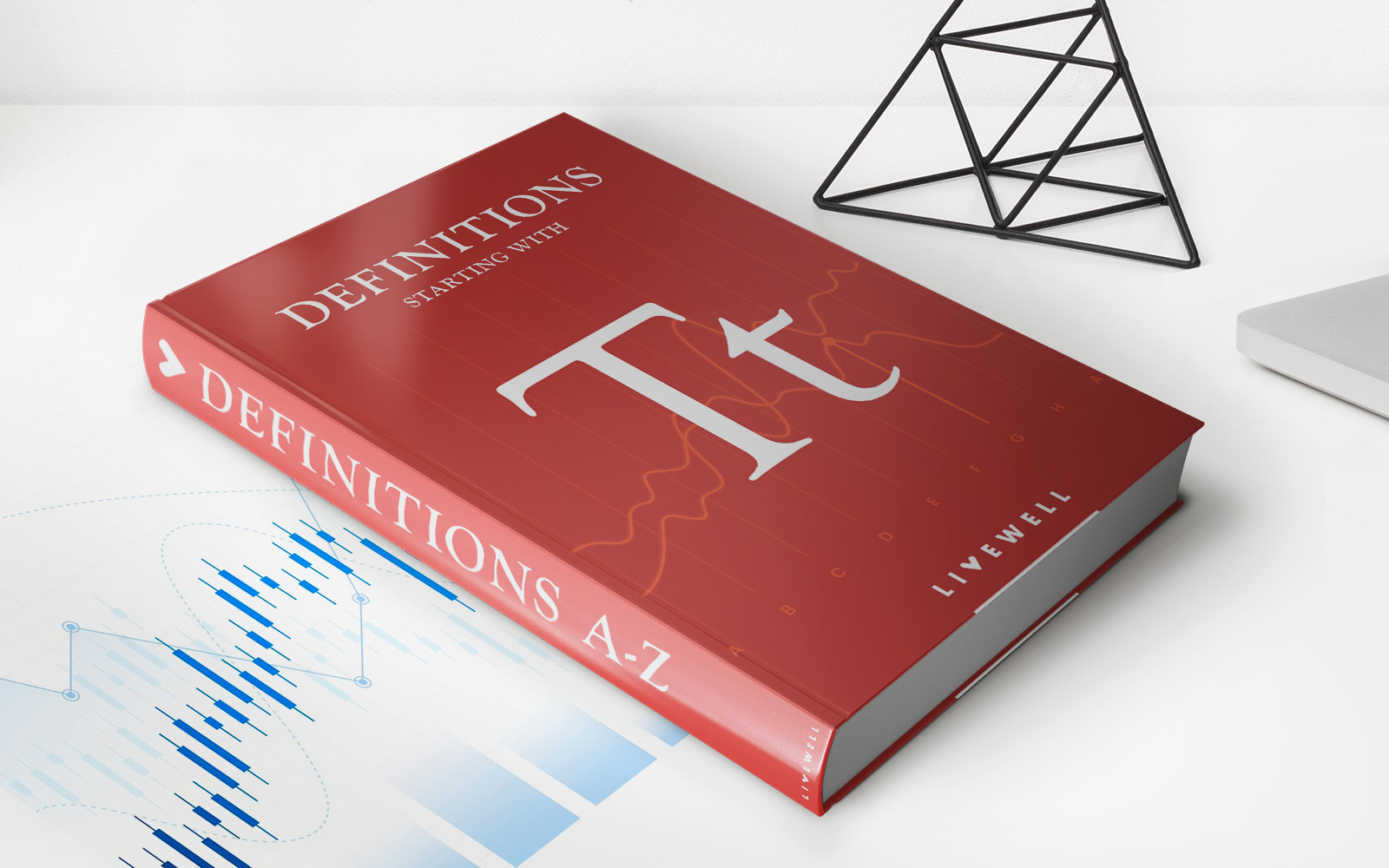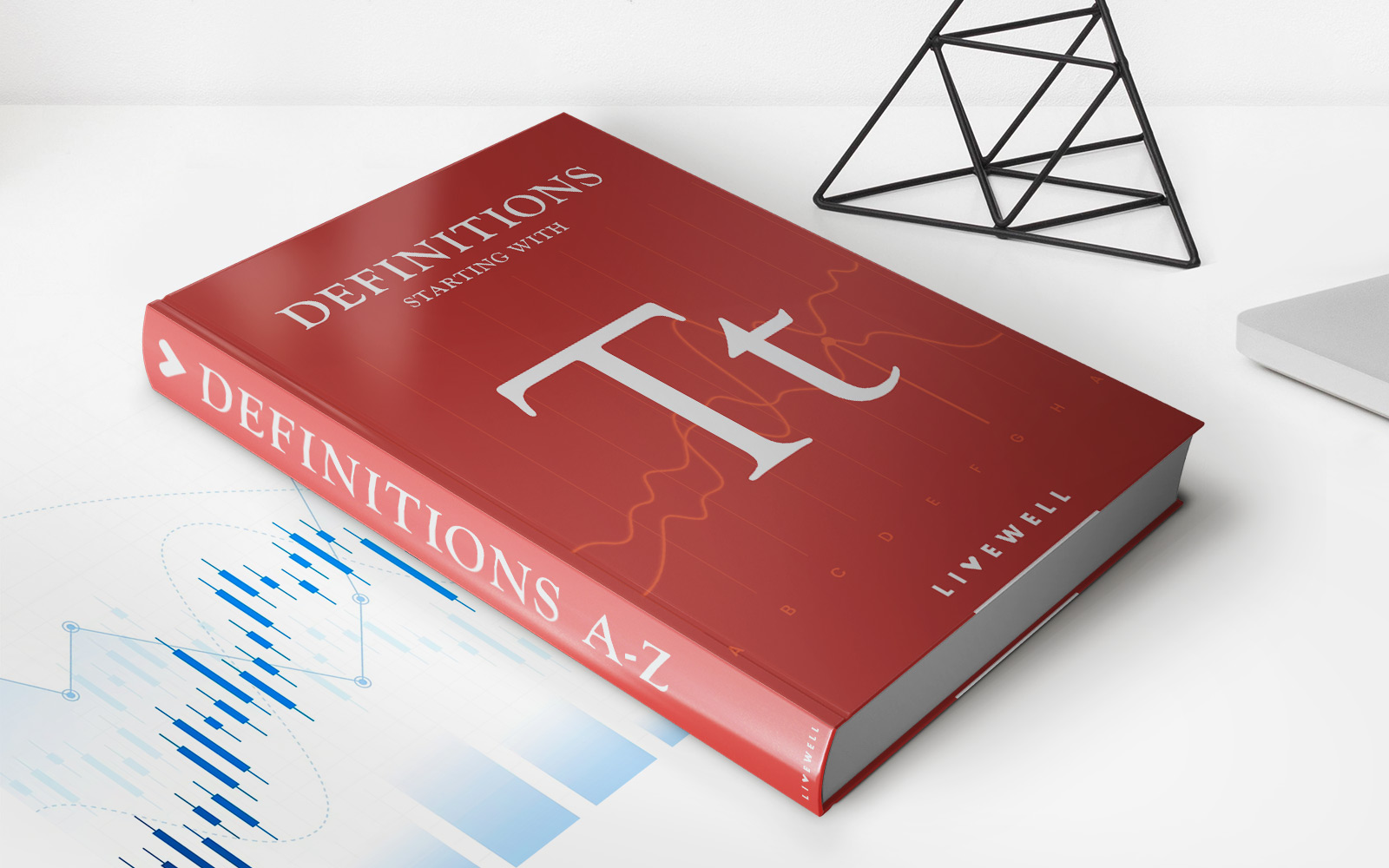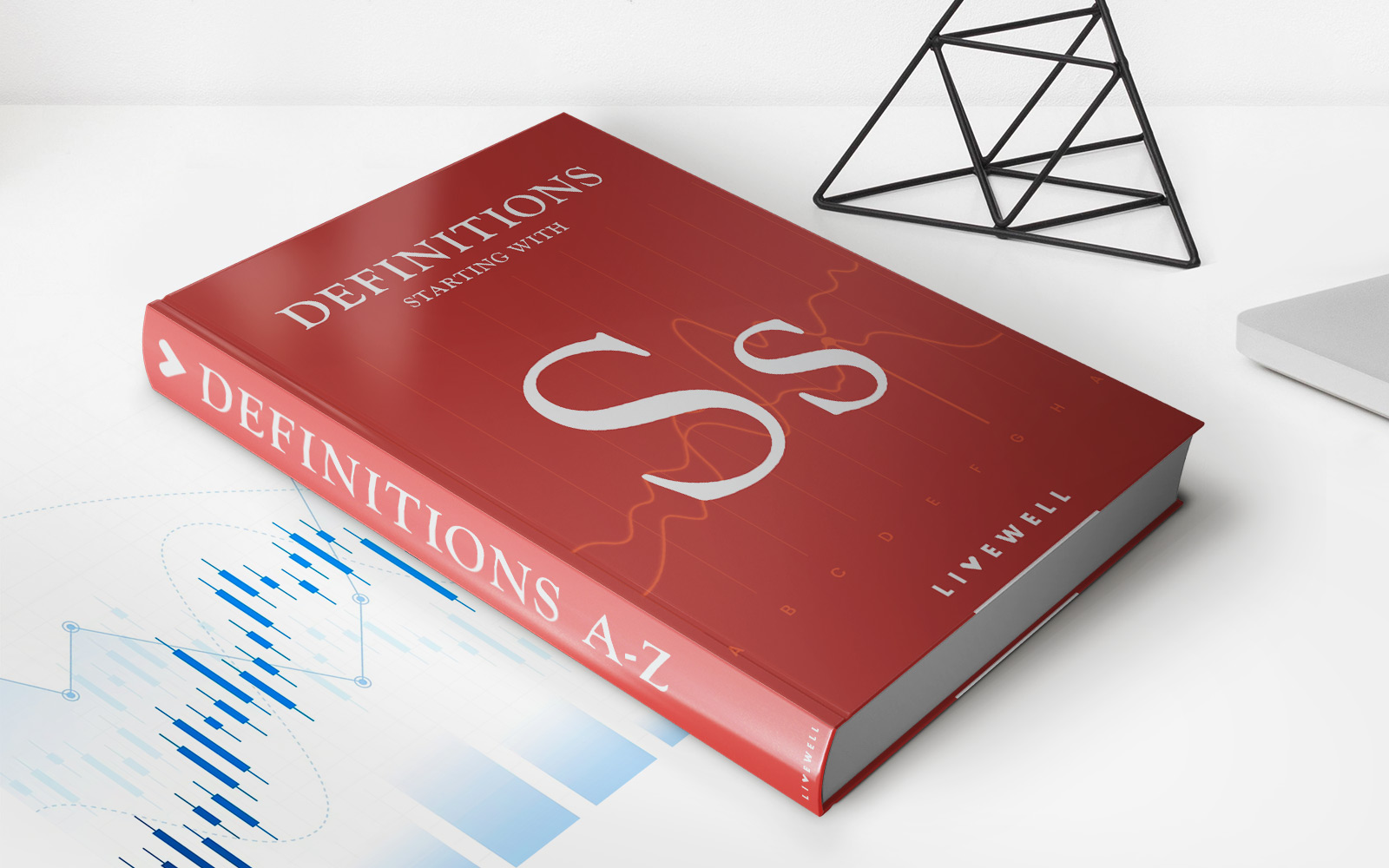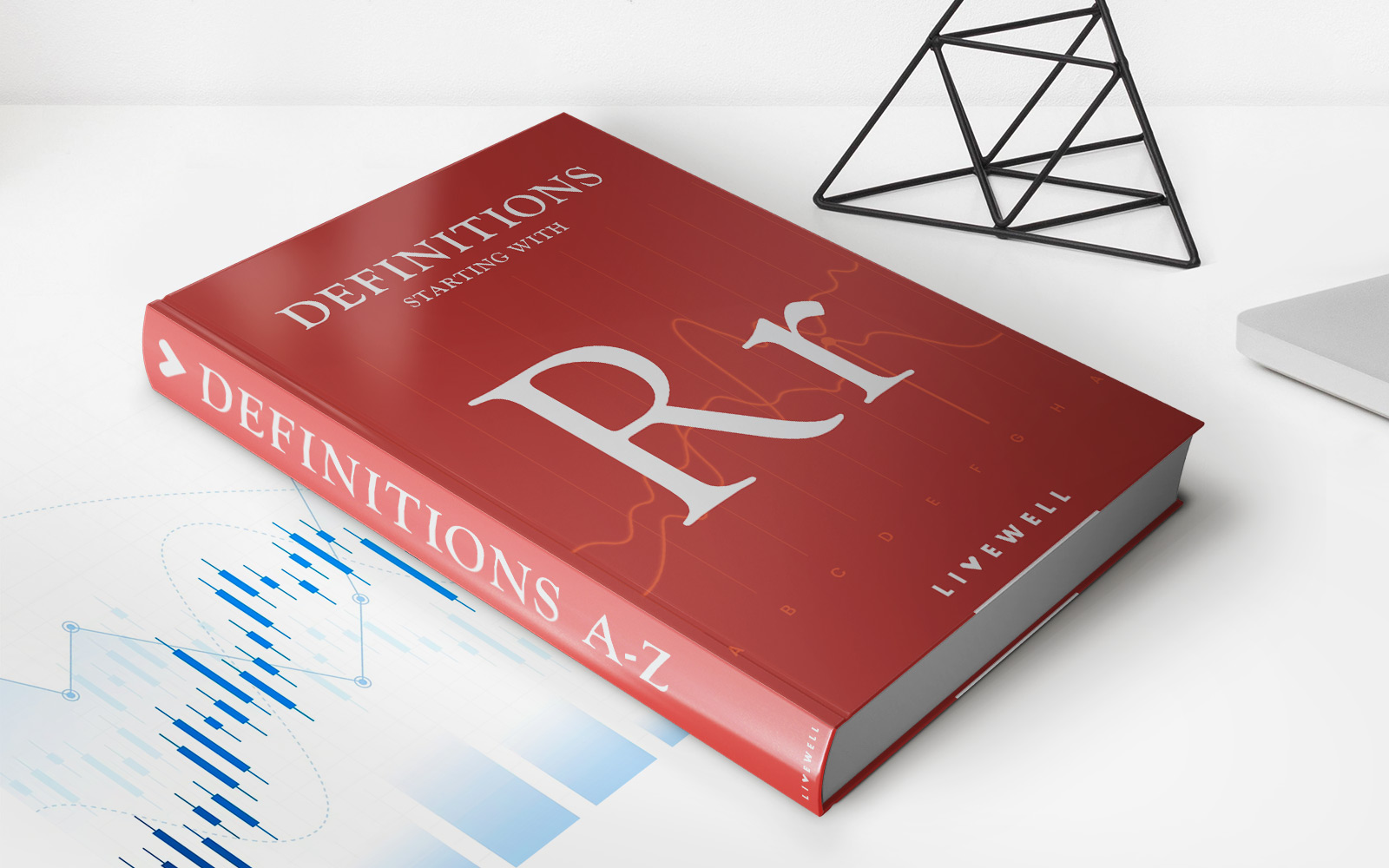Home>Finance>Tier 1 Capital: Definition, Components, Ratio, And How It’s Used
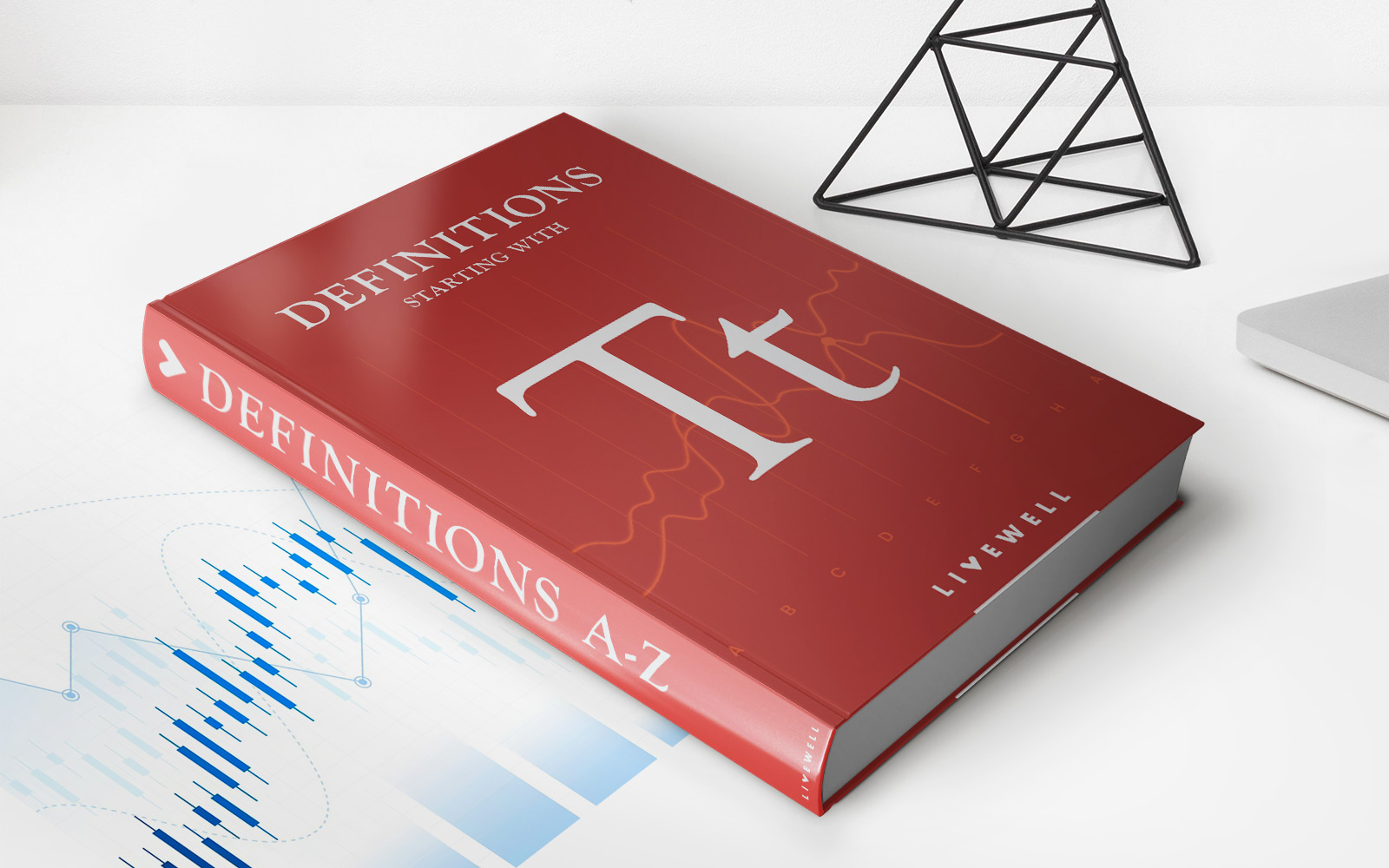

Finance
Tier 1 Capital: Definition, Components, Ratio, And How It’s Used
Published: February 8, 2024
Discover the meaning and components of Tier 1 Capital in finance. Learn about the ratio and how it is utilized in the industry.
(Many of the links in this article redirect to a specific reviewed product. Your purchase of these products through affiliate links helps to generate commission for LiveWell, at no extra cost. Learn more)
Tier 1 Capital: Definition, Components, Ratio, and How It’s Used
Welcome to the FINANCE category of our blog! Today, we are diving into the world of banking and financial institutions to explore a crucial concept – Tier 1 Capital. Have you ever wondered what Tier 1 Capital is and how it impacts the banking industry? Well, you’re in the right place. In this blog post, we will break down the definition, components, ratio, and how Tier 1 Capital is used. Let’s get started!
Key Takeaways:
- Tier 1 Capital is a measure of a bank’s financial strength and stability.
- It consists of a bank’s core capital, which includes common equity Tier 1 capital and additional Tier 1 capital.
Defining Tier 1 Capital
In simple terms, Tier 1 Capital is a measure of a bank’s financial strength and stability. It represents the core capital that a bank holds to withstand financial shocks and continue its operations. Regulators and investors closely monitor a bank’s Tier 1 Capital as it serves as a safety buffer against potential losses and helps ensure the stability of the financial system.
Components of Tier 1 Capital
The components of Tier 1 Capital may vary slightly depending on the banking regulations of a particular country. However, in general, Tier 1 Capital consists of two main components:
- Common Equity Tier 1 Capital: This is the highest quality capital a bank can hold and includes common shares and retained earnings. Common Equity Tier 1 Capital is considered the most reliable component of Tier 1 Capital, as it bears the greatest loss-absorbing capacity.
- Additional Tier 1 Capital: This component includes instruments such as preference shares, perpetual bonds, and other hybrid instruments that serve to enhance a bank’s capital position. Additional Tier 1 Capital provides an additional layer of financial strength but may have certain restrictions or conditions attached to it.
Tier 1 Capital Ratio
The Tier 1 Capital Ratio is a key measure used to assess a bank’s financial health and its ability to absorb losses. It is calculated by dividing a bank’s Tier 1 Capital by its risk-weighted assets. The resulting ratio represents the proportion of a bank’s core capital to its total risk exposure.
Regulatory bodies set minimum Tier 1 Capital Ratio requirements for banks to maintain. These requirements may vary across jurisdictions and are designed to ensure that banks have sufficient capital to withstand risks and maintain their ongoing operations. It is important for banks to maintain a healthy Tier 1 Capital Ratio to instill confidence and mitigate potential risks.
How Tier 1 Capital is Used
Tier 1 Capital plays a crucial role in the banking industry. Here are some key uses:
- Capital Adequacy: Tier 1 Capital ensures that banks have enough financial resources to cover potential losses and maintain the trust of depositors and investors.
- Regulatory Compliance: Banks must meet the minimum Tier 1 Capital Ratio requirements set by regulatory bodies, which helps maintain stability in the financial system and prevent excessive risk-taking.
- Expansion and Growth: Banks with strong Tier 1 Capital positions are better positioned to expand their operations, pursue new opportunities, and support economic growth.
- Investor Confidence: Having a robust Tier 1 Capital base instills confidence in investors and shareholders, as it indicates a bank’s ability to weather financial storms and protect their investments.
Understanding Tier 1 Capital is essential for anyone interested in the workings of the banking industry. By comprehending its definition, components, ratio, and uses, stakeholders can assess the financial stability and strength of banks, contributing to a sound and resilient financial system.
We hope this blog post has provided valuable insights into the world of Tier 1 Capital. If you have any questions or would like to learn more, feel free to explore our other finance-related articles. Stay tuned for more informative content coming your way!
